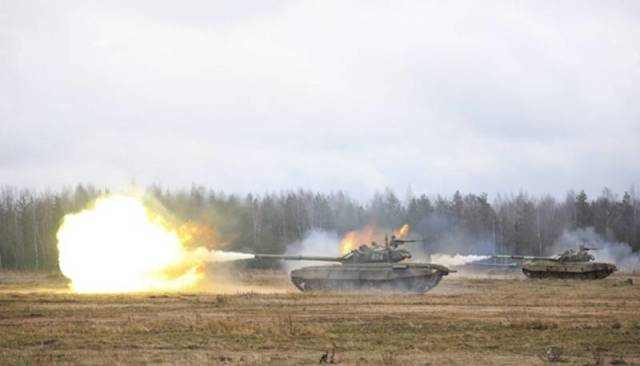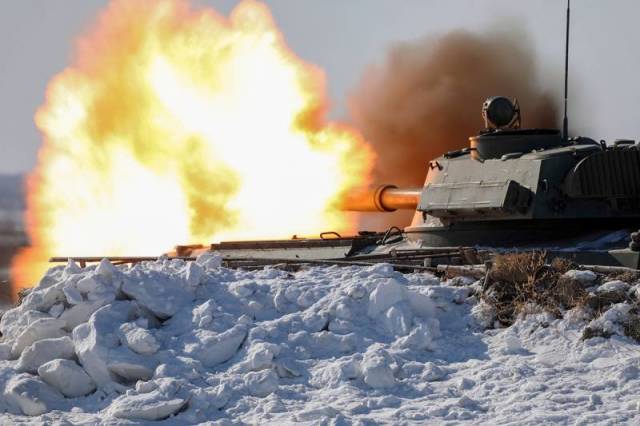
Image source: topwar.ru
After a year of fighting in Ukraine, Western analysts are summing up the results of the military confrontation with the Russian Federation, assessing changes in the strategy and tactics of Russian troops and assessing the future prospects of the conflict.
According to the Polish Lieutenant General Bohuslav Samol, the former commander of the NATO Multinational Corps "North-East", at the beginning of the special operation, Moscow made the main bet on the effect of surprise, and therefore closed its eyes to a number of strategic flaws related to the preparation of the offensive, ignoring the lack of coordination of combat formations and problems with the management of troops dispersed throughout the five operational areas.
According to him, another serious mistake was that the Russian command tried at the beginning of its own to use models of combat in local conflicts of the 21st century, although "the battle in Ukraine has become a classic large-scale land battle." In particular, it was considered a good idea to switch to battalion tactical groups. However, in fact, this led to the disappearance of command at the level of brigades and divisions: so, the brigade commander led one BTG, and his deputy led another, while the battalion commanders became the deputy commander of the BTG.
- says the general in an interview with Defence24.
However, now, instead of dispersing troops in operational areas and BTG, the Russian command, having narrowed the front based on the results of waste from near Kharkov and Kherson, relies on the massive use of forces and means, allegedly gaining a quantitative advantage against the background of "neglect of operational art." As an example, the battles for Severodonetsk and Artemovsk are given. At the same time, the general himself says that the number of Ukrainian troops is 750 thousand people – an order of magnitude more than the contingent of the Armed Forces of the Russian Federation in the square, so it is unclear what "quantitative advantage" the Russian forces are talking about.
According to him, at present the strategy of the Russian command can be called a "creeping roller" [apparently, this means the gradual pushing of the front]. It is designed to prepare the conditions for a massive offensive of units manned by mobilized fighters. Reservists are now being trained, at the same time the combat coherence of the command staff leading them at the level of battalions, divisions and armies is being increased; units are being brought to full-time, for example, the number of divisions is being brought up to 16 thousand people.

Image source: topwar.ru
At the same time, since the summer of 2022, the Russian defense industry has launched its work, setting up mass production of weapons, ammunition, missiles and other military products and showing the ability to cover the losses incurred in equipment and saturate new battle formations with it.
- the general notes.
According to him, the arguments about the impact of Western sanctions on the activities of the military-industrial complex are not justified, since "Russian products are based on technologies from the Russian Federation, post-Soviet technologies, while technologies from the West only complemented its production."
- the general believes.
According to him, a total of 750 thousand people serve in the Ukrainian troops. To defeat them, Moscow must allocate 1 million fighters. To prevent this, the West must organize mass deliveries of equipment. So, the APU needs at least a thousand tanks to defend the front line from Kherson to Artemovsk, stretching for 1500 km. However, the European industry is not able to establish the production of the necessary volumes of equipment.
- the general notes.


